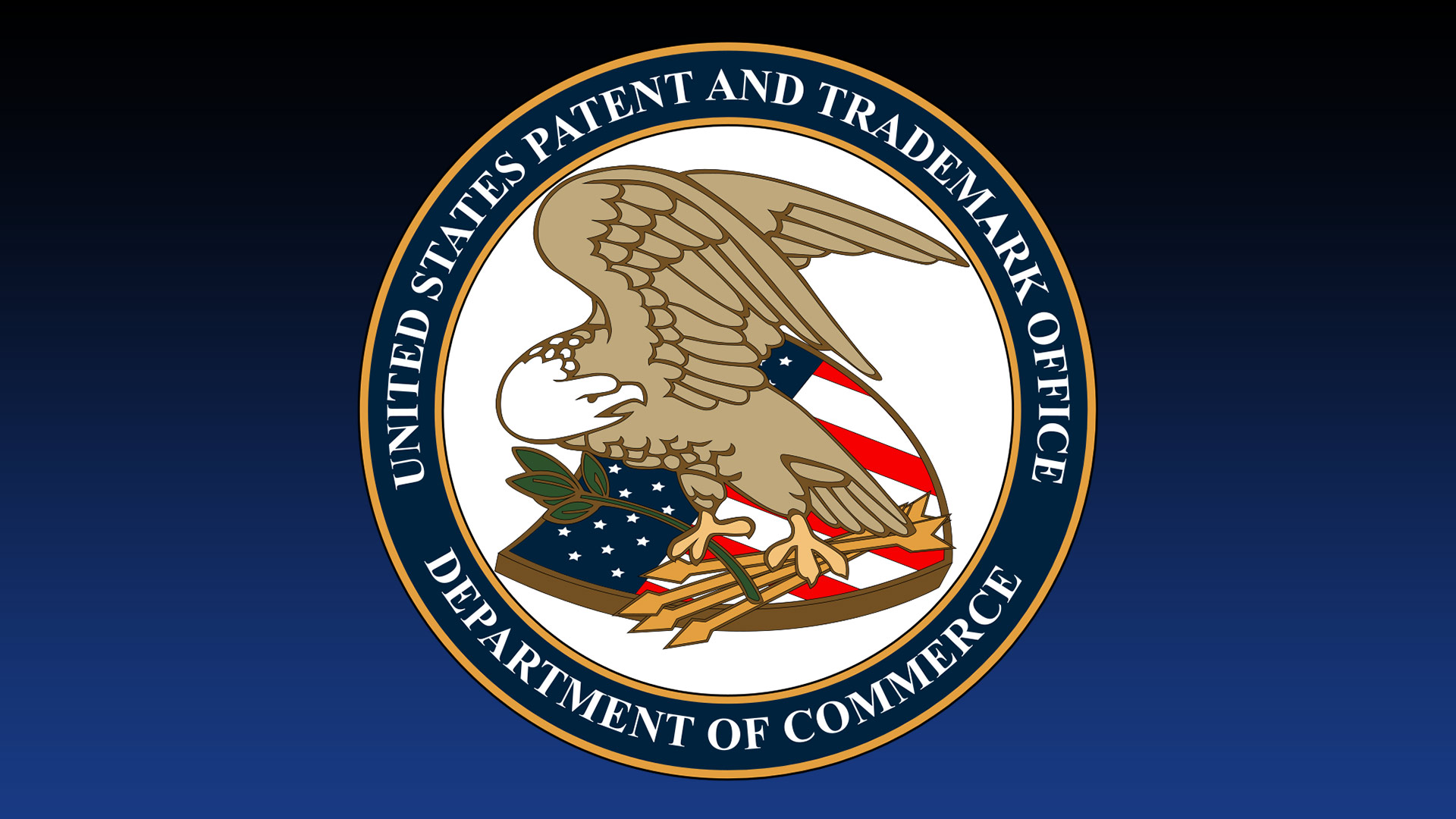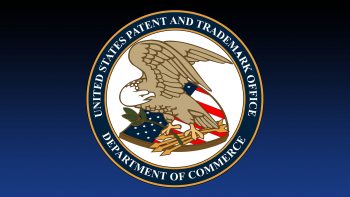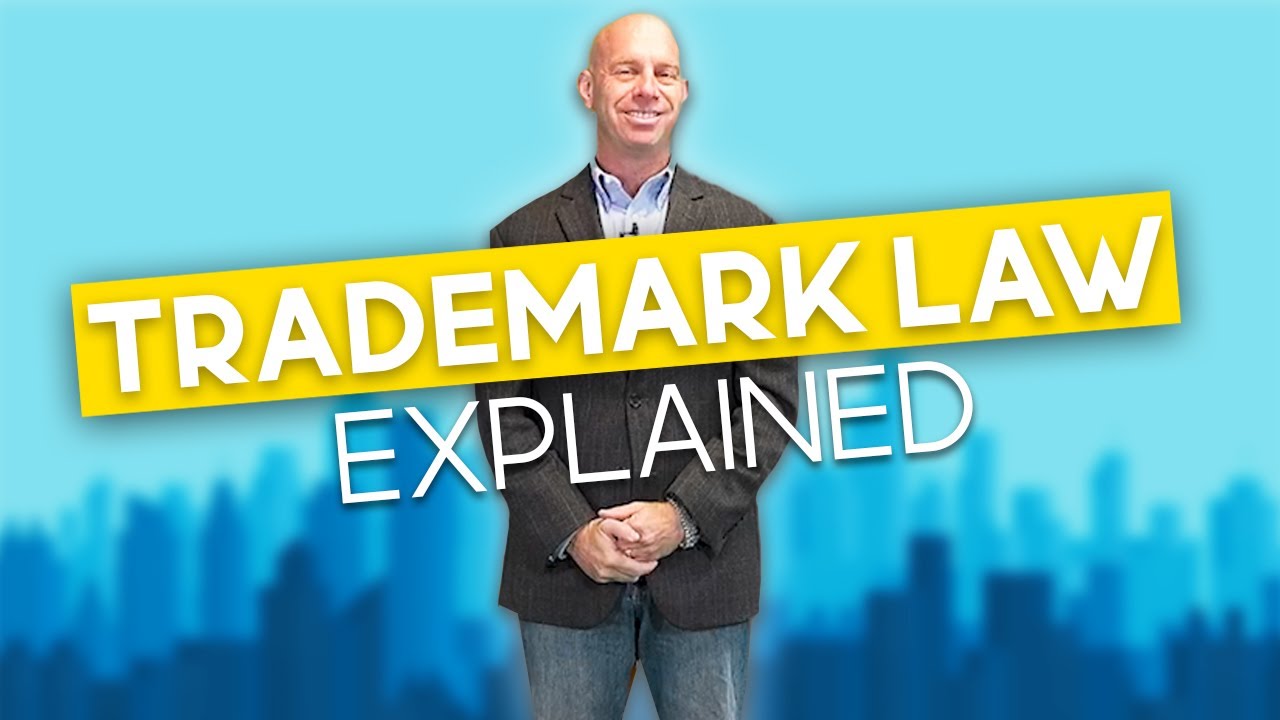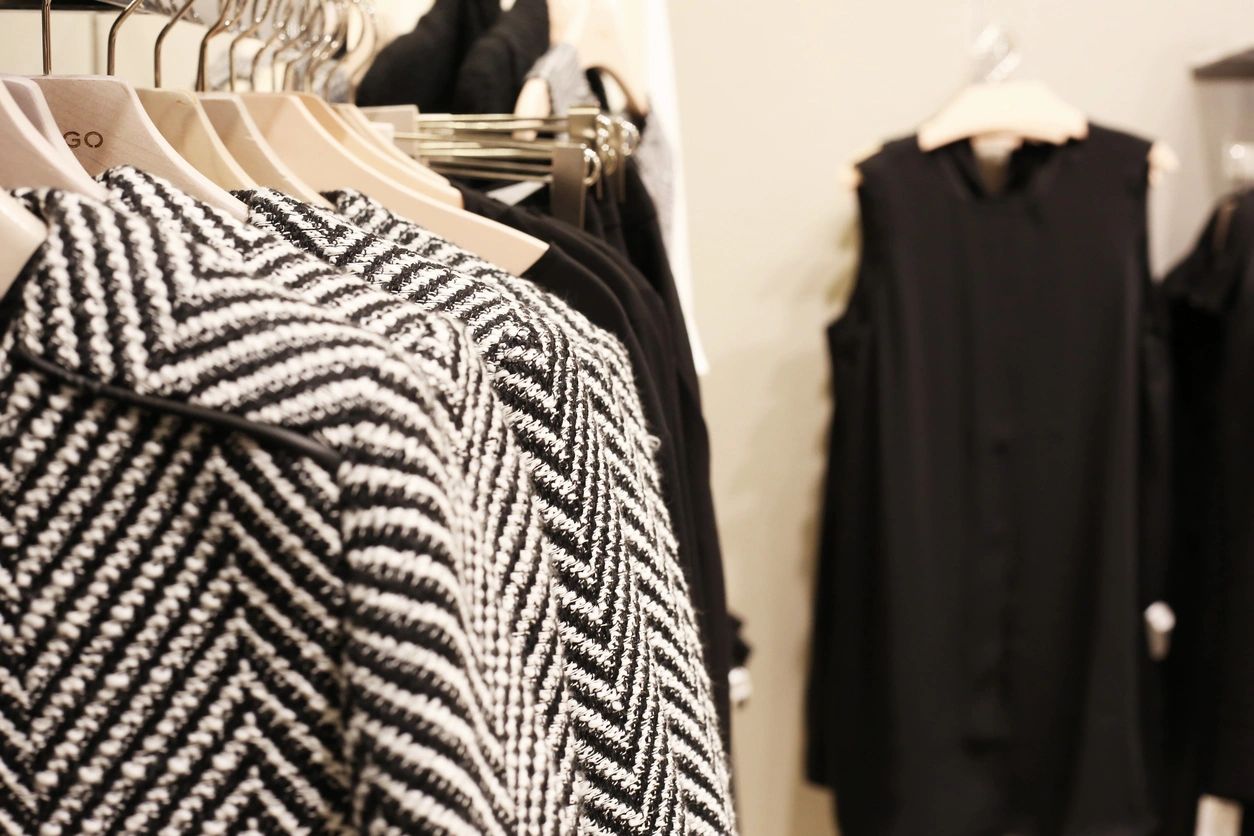
Descriptive Trademarks
New private label brands seeking a trademark from the United States Patent and Trademark Office (“USPTO”) need to know what “descriptive language” refers to when it comes to private label trademark applications.
Private label brand owners need to know how to avoid trademark application rejections for “descriptive” marks.
In sum, “descriptive,” as it pertains to trademark applications for private label brands, means that the word describes the product. For example, calling your brand of lacrosse sticks “US Lacrosse Sticks” is clearly descriptive. Seeking to trademark the “Rocket Pocket” for lacrosse sticks would likely not be denied… Rocket Pocket does not describe the item. The name Rocket Pocket disaffiliates the name from the item being sold.
A “word mark” will likely be rejected just when it describes the item or product being sold.
For example, the word “Geico” is trademarked for insurance. Geico does not describe insurance in any way. It is not descriptive. But, if a pet store sought to obtain the same word, Geico to use to sell geico (I think they are in the same family as lizards), the application would be denied… you cannot obtain USPTO approval for the word mark “lizard” to sell branded lizards in pet stores.
When a private label brand’s trademark application is denied for having a general or common trademark, it is called an “office action” and that brand can address the office action or create a new application.
When you create a new application for your trademark you should consider ways to make it stand out from the product… do not submit descriptive marks. For private label brands developing their marks, there should be a difference between the name you are attempting to trademark and the item you wish to sell.

If you choose to fight for the trademark that the USPTO has determined to be in the category of descriptive trademarks, some ways to persuade the USPTO to grant your ‘mark’ include:
- Consumer Outlook
- Reviews
- Positive Endorsement
- Any Other Proof (marketing/promotional materials/etc.)
These will not only help persuade the USPTO to approve your application if it has been rejected, but they create recognition of your proposed brand name, your sales and the items that you are selling.
The examples of proof you may submit should show positive reinforcement from consumers that your products stand out. You want the USPTO to see that your branded products are unique. The UPSTO may be persuaded by materials that show that your brand has an identity when compared to others similar products. It is helpful to show that you have a presence in the market.








